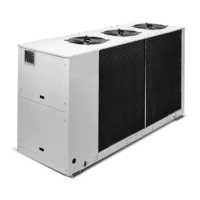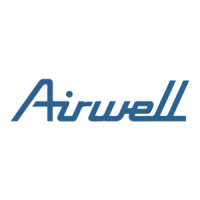How to fix excessive noise in my Airwell Itelco-Clima CLS Chiller?
- DdanielwoodsAug 18, 2025
Excessive noise in your Airwell Chiller can stem from several sources. Check the following: * Examine the lines for vibration and inspect the clamping brackets, if any, to ensure they are secure. * A whistling sound from the thermostatic expansion valve may indicate the need to refill the system. * Inspect the dehydrating filter. * A noisy compressor could have seized bearings, requiring compressor replacement. * Ensure the compressor’s locknuts are tightened.


